Bengal’s monsoon still rains in film, verse, and song – GetBengal story
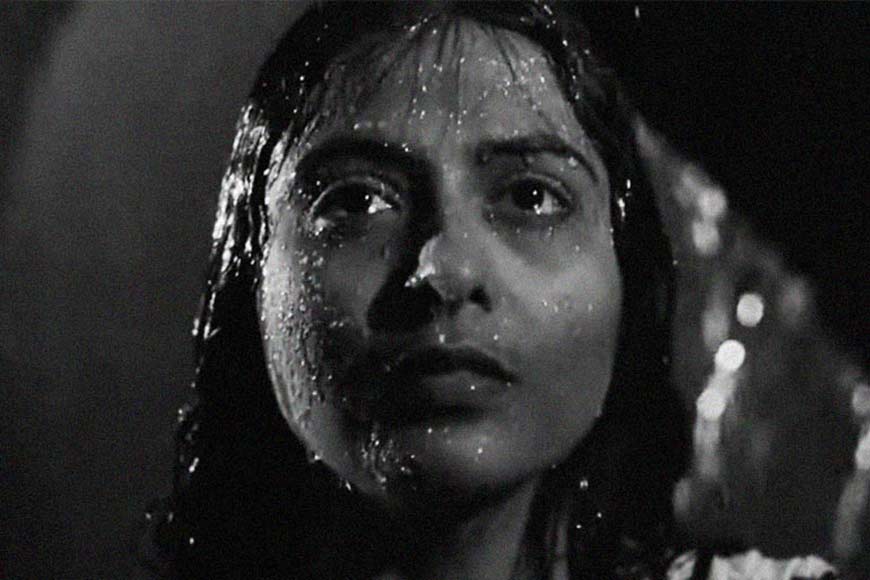
"In Gangetic West Bengal, it will rain all day," the TV anchor announces. The Bengali may have changed, but the monsoon’s temperament has the same essence. Umbrella designs evolve, love finds new definitions, universities open their gates, yet the song first hummed in the seventies still refuses to fade:
“এই মেঘলা দিনে একলা ঘরে থাকে না তো মন, কাছে যাব কবে পাব ওগো তোমার নিমন্ত্রণ”
(Ei meghla dine ekla ghore thake na to mon, kachhe jabo kobe pabo ogo tomaar nimontron)
In the festival of rain, the intoxication in the eyes keeps deepening. Daily routines are slowly changing. Love between people is brewing on the streets. Somewhere, a private tenderness is lying face down. In Rituparno Ghosh’s voice, the first time we learned that ‘giving’ could also mean ‘cloud.’ That cloud could belong to the afternoon, or to the night. When clouds and pomp bring rain, they will surely carry you across fields, plains, and city noise to some image-filled destination. A city in the eyes of a photographer. A city in rain. In poet Indranil Ghosh’s eternal words: “By God! You did not come upstairs, so the rain just kept falling forever.” ( Mairi! Tumi othale na bole brishti shudhu porei gelo chirodin)
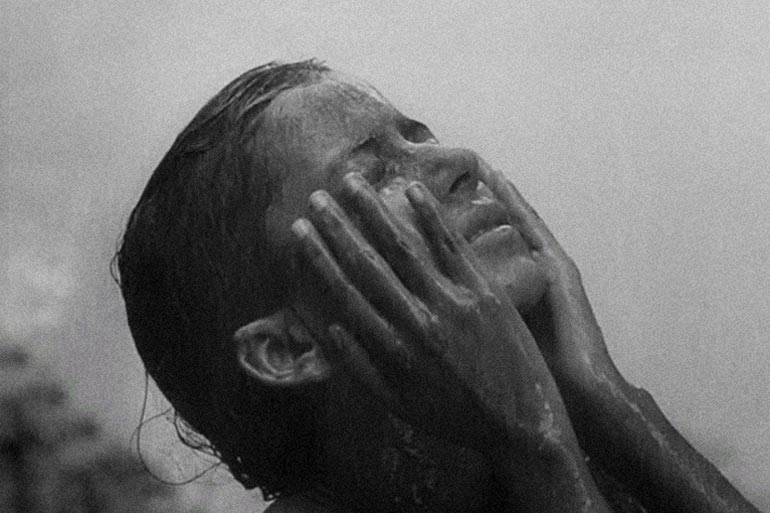
When the monsoon arrives, childhood comes flooding back. It was 1990s. If the courtyard filled up with water, a handful of ash was our miraculous saviour. Mothers would scatter the ash over the slippery yard to save everyone from slipping and falling. That courtyard — is it even there anymore? Or the ash? Broken into pieces now. And the monsoon itself comes much later. Its mood is unpredictable. As the years go by, like human beings, the monsoon’s “mood swings” have become something to watch.
I remember Bibhutibhushan Bandyopadhyay’s description of the rains in Pather Panchali: Dui ekdine ghonibhuto borsha namilo. Hu-hu pube hawa – khanadoba shob thoi-thoi koritechhe – pothe ghat e ek hantu jol, din raat shon shon, bash bone jhor badhe – basher matha matite lutaia pore…"
(In just two days, the monsoon poured down in full force. The fierce easterly winds, every pond was full to the brim, knee-deep water in the streets, the constant swish and rustle, storms raging through the bamboo groves , the bamboo tops bent low to the ground…)
Also read : The Mrinal Sen films we can no longer watch
The rains came. And in a monsoon night, we hear Sarbajaya telling Durga, "Turn over, Dugga, it is raining so hard. Move over a little, let me see." Suddenly there is a loud crashing sound, Sarbajaya rushes to open the door, and sees , the bamboo grove looks bare, the kitchen wall has collapsed.
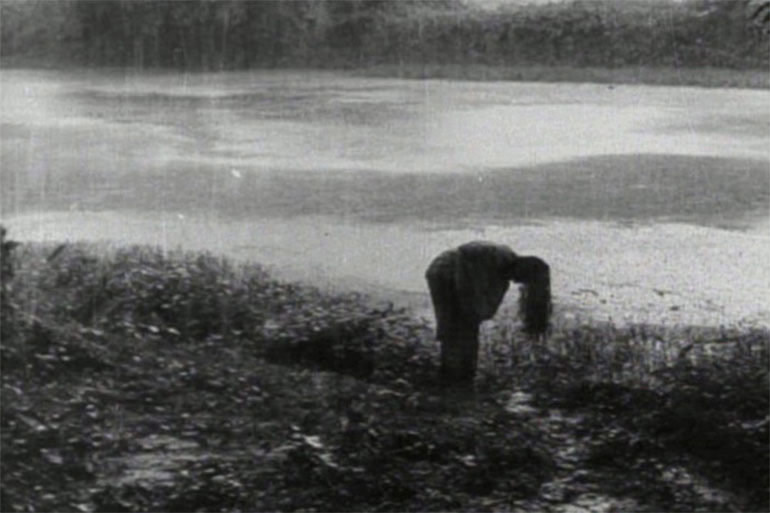
And so, the monsoon also means a touch of sadness. Durga leaving this earth. Apu’s first taste of being truly alone. How effortlessly Satyajit Ray captured all of this on screen. In Bengali cinema, we have seen rain in many moods and forms. In Pather Panchali, the rain carries heavy symbolism. Durga will die drenched in it. Pandit Ravi Shankar would choose the raga Desh for the scene where Durga gets soaked in the rain. What we had imagined while reading Bibhutibhushan’s original novel, Satyajit framed exactly that. Perhaps, in the emotions of Bengali literature and cinema, it was inevitable that Durga’s youthful death would be accompanied by a sudden downpour.
Equally unforgettable is that scene in Ritwik Ghatak’s Meghe Dhaka Tara, where Nita is being sent away from home. Her brother stands behind her. That day too, it rained heavily. Was it the beginning of a new chapter in Nita’s life, or the end of something? Rain had brought with such cinematic questions.
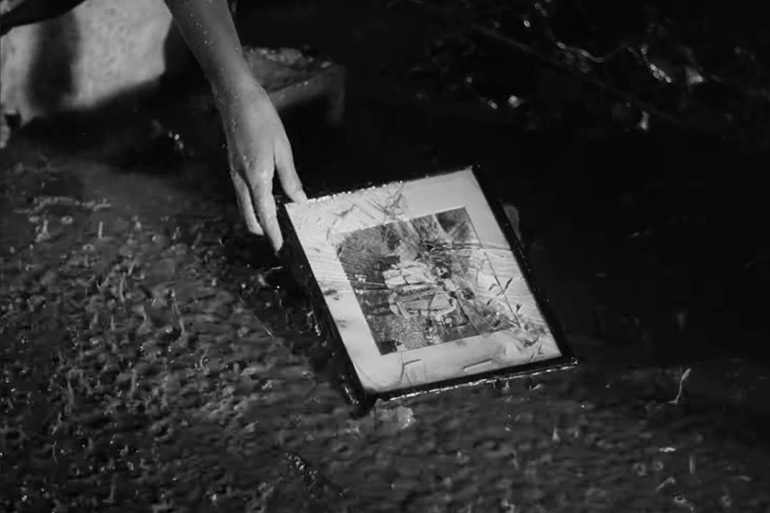
We often wonder — what has rain truly given us? Is it only the warmth of khichuri, the hum of mosquitoes, and overflowing drains? No, the monsoon has also given us an entire Meghaduta. There, the cloud was called a dear friend. Buddhadeb Basu once said, "Birokto borshar maash obiral shomosto shohor / ofuronto patra theke dhale tar thanda andhakar."
(In the weary months of monsoon, endlessly the entire city is drenched in its cool darkness poured from an inexhaustible vessel)
Does rain fall even in Kalidasa’s tomb? If, on the first day of Asharh, " আষাঢ়স্য প্রথম দিবসে মেঘমাশ্লিষ্টসানুং”(Asharhsya prothomo dibose meghmashlishtoshanung) had not flown over Ramgiri Mountain, and if the sight of clouds had not stirred in the yaksha the anguish of separation from his beloved, could the cloud, or the monsoon, have become the supreme meditation of poetry?
Buddhadeb Basu wrote in this context: "Borsha o biroh ei bishoy duti Bharotiyo kabye aaj porjonto prodhan hoye achhe; tar ekti mukhyo karon, shondeho nei, Meghdooter abahoman protipotty. Ubhoyer utshomul Balmiki hote paren, kintu onno nana prosongo theke Kalidas ei dutike bijukto kore niyechhilen bolei tara uttar shadhoker pokkhe bisheshbhabe byabaharjo holo."
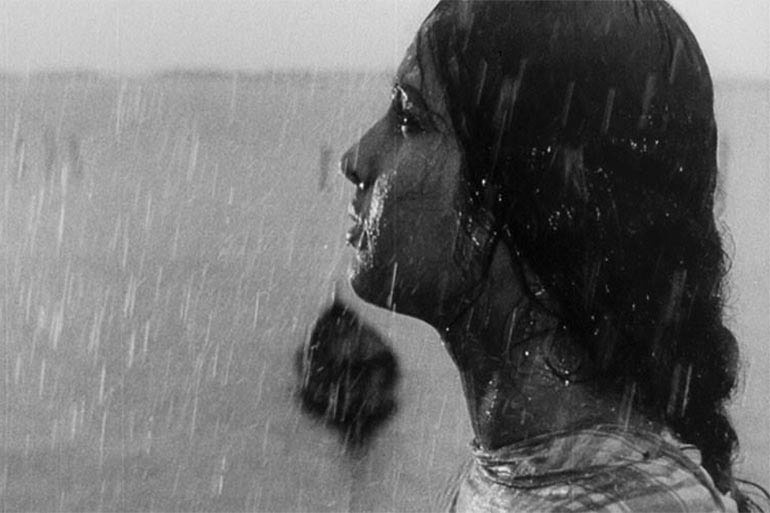
(Rain and separation have always remained central in Indian poetry until today; without doubt, one key reason is the timeless authority of the Meghadūta. Both may have their root in Valmiki, but because Kalidasa separated them from other contexts, they became especially usable for later poets.)
If Shankha Ghosh says to himself, "On such a rainy day, my birth has no end," then we sit face-to-face with the poet, taking silent vows. Meanwhile, absentmindedly, the immortal singer will start singing, "Shudhu jhore jhor jhor aaj bari saradin / aaj jeno meghe meghe holo mon je udashin" — written by Gauriprasanna Mazumdar, and when Hemanta Mukherjee sets it to music, the monsoon perhaps becomes his dear friend too. Just like those clouds flying in from Meghaduta.
In the end, monsoon rain is always, in some way, a search for oneself. Songs, films, and poetry all merge into one overflowing current. The only sadness is — these days, the monsoon no longer has that same fierce glory.
Note : Translated by Debamita Ghosh Sarkar
To read the original Bengali article , please click here :











